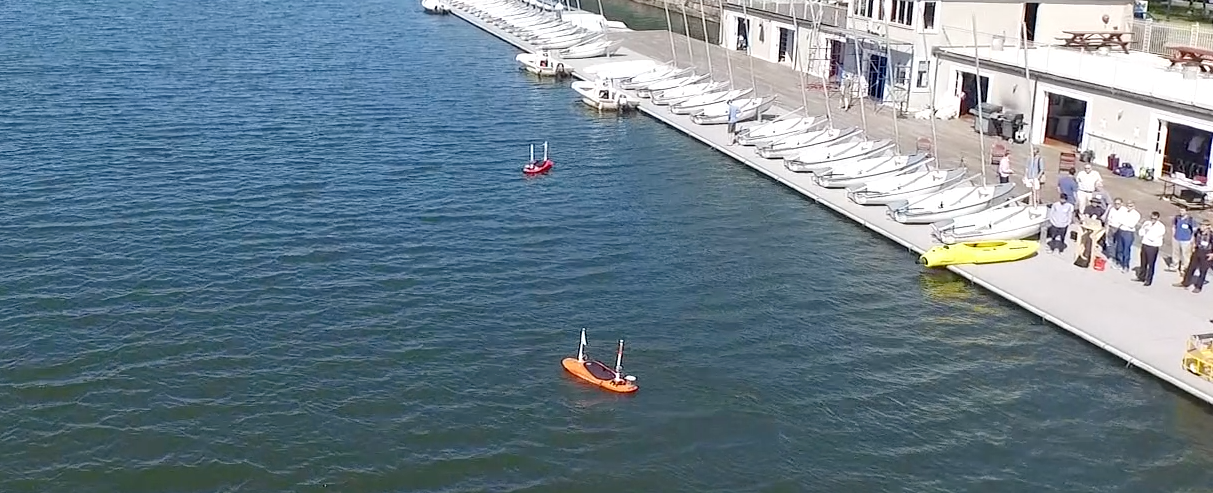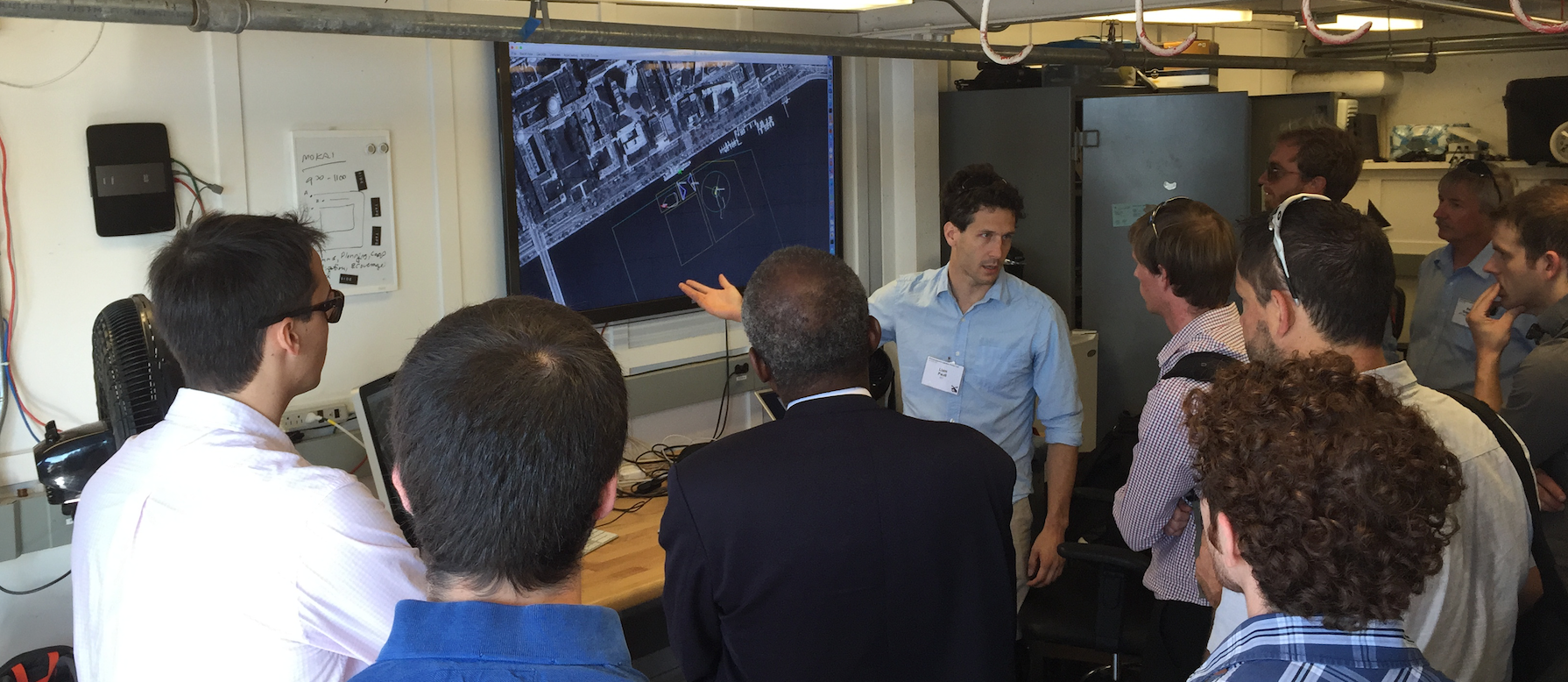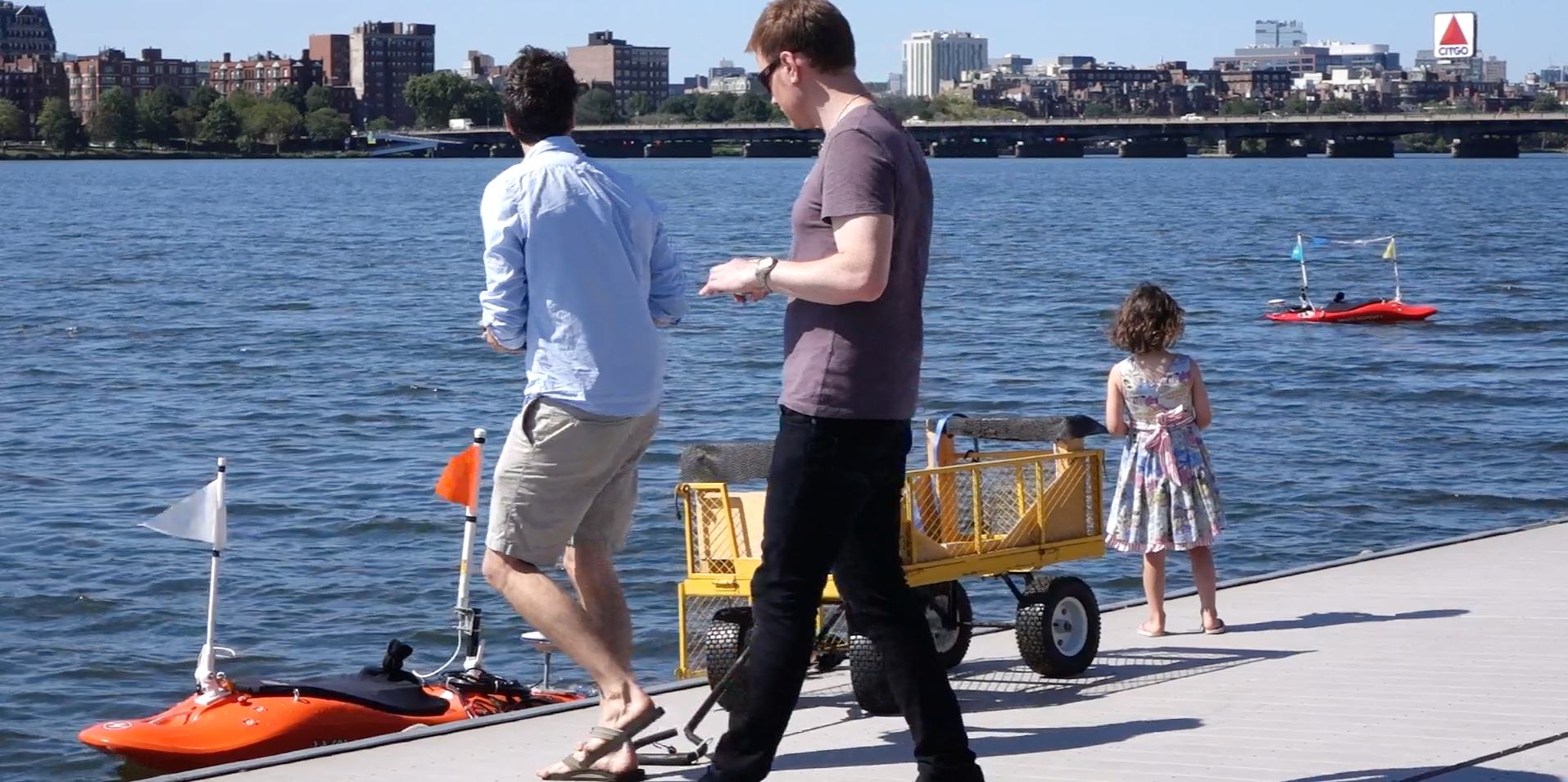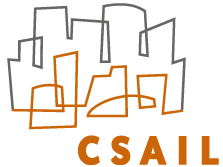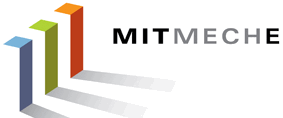Cooperative Communication Constrained Area Coverage

This work was partially supported by Office of Naval Research (ONR) under grant no. N00014-13-1-0588, NSF Award IIS-1318392, and ONR Global.

The area coverage problem is an ideal candidate for multi-robot systems since it is inherently parallelizable. In a naive implementation, a team of N robots should be able to cover an area A roughly N times faster if the area to be covered can be easily decomposed into sub-areas of size A/N.

One often-overlooked issue in the context of area coverage planning is the uncertainty of the sensor platform. In some cases this can be neglected, but in many cases it can not. In the case that platform uncertainty is significant, if the agents can communicate and make relative measurements of each other, then they can improve their respective trajectory estimates. This results is further potential benefits for the multi-robot approach to area coverage.

This work proposes a framework for cooperative area coverage within a multi-robot system that is: 1) robust to robot platform uncertainty, 2) applicable to severely unreliable and bandwidth constrained communication links. The result is the first known work that considers robotic area coverage planning, cooperative state estimation, and communication through a possibly constrained channel as one coupled and fully integrated system.
Principal Investigators:
- John J. Leonard, MIT
- Liam Paull, MIT
- Mae Seto, DRDC
